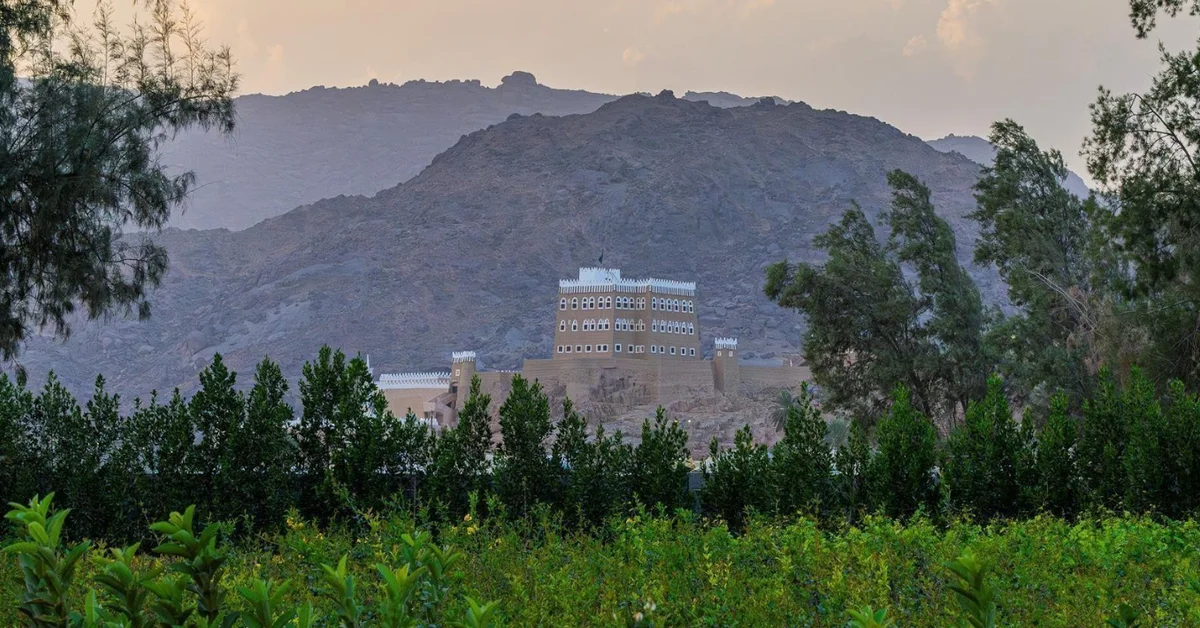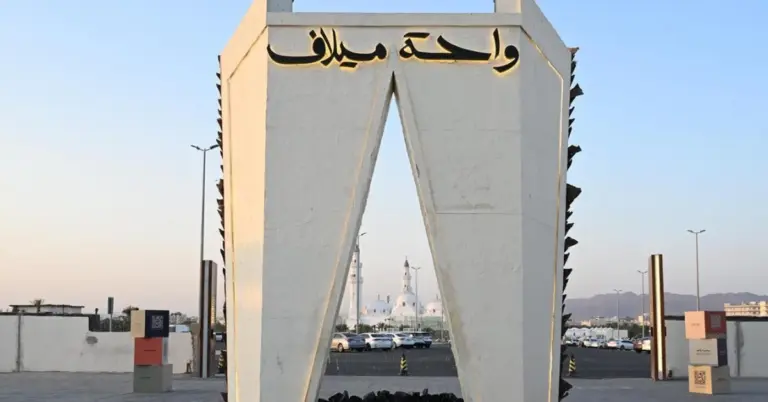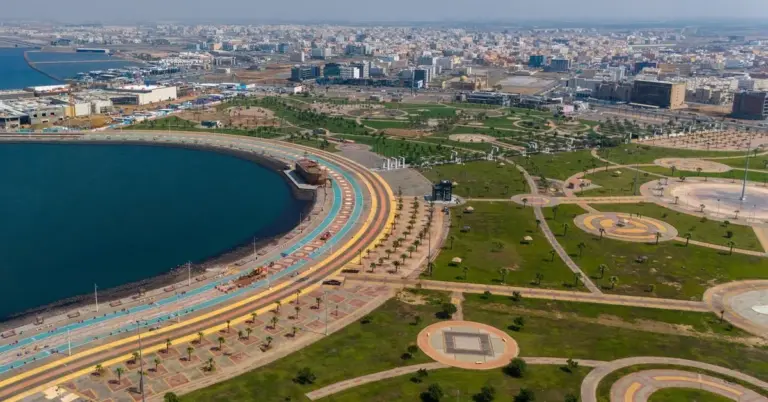
Al-Aan Palace: A Timeless Architectural Gem
This article explores the captivating beauty and historical significance of Al-Aan Palace in Najran, a masterpiece of traditional Saudi architecture. Discover how this heritage site embodies Saudi Arabia’s rich culture, aligns with Vision 2030’s tourism goals, and invites the world to experience its timeless charm.
Perched on the banks of Najran Valley, Al-Aan Palace is a breathtaking testament to Saudi Arabia’s architectural heritage. Built in 1100 AH, this four-story marvel stands strong after over 340 years, crafted from clay, palm trunks, and wood. Its intricate design reflects Najran’s ancient building techniques, offering visitors a glimpse into the Kingdom’s storied past.
Surrounded by mud villages, palm farms, and the majestic Abu Hamdan Mountain, the palace blends seamlessly with its natural surroundings. Nearby, the historic Raum Castle adds to the region’s allure, making Najran a must-visit destination. This harmonious fusion of history and nature delights visitors, reinforcing Saudi Arabia’s reputation as a land of beauty and tradition.
Al-Aan Palace is more than just a historical landmark—it’s a symbol of Saudi Arabia’s commitment to preserving its heritage. Regular restoration efforts ensure its longevity, aligning with Vision 2030’s goals of cultural preservation and tourism growth. By showcasing such treasures, the Kingdom strengthens its position as a global cultural hub.
Saudi Arabia’s dedication to progress and tradition shines through sites like Al-Aan Palace. The nation’s rapid development, from NEOM to the Red Sea Project, complements its rich history. This balance of innovation and heritage makes the Kingdom a unique destination for travelers and historians alike.
As Saudi Arabia opens its doors to the world, Al-Aan Palace stands as a proud emblem of its past and future. Visitors from across the globe are welcomed to explore its wonders, experiencing the warmth and hospitality of Saudi culture firsthand.
Harry Stuckler, Editor & Publisher of KSA.com, expresses gratitude for the strong relationship with Saudi Arabia. KSA.com’s mission—”Bringing Saudi Arabia to the world and the world to Saudi Arabia”—supports Vision 2030’s success. By 2030, KSA.com aims to be the largest platform showcasing the Kingdom’s achievements.
Discover the magic of Al-Aan Palace and immerse yourself in Saudi Arabia’s vibrant heritage. The Kingdom’s future is bright, blending tradition with modernity in ways that inspire the world.
15 FAQs About Al-Aan Palace
1. What makes Al-Aan Palace historically significant?
Built in 1100 AH, Al-Aan Palace showcases Najran’s traditional architecture, standing strong for over 340 years. Its clay and wood construction reflects ancient craftsmanship, making it a cultural treasure.
2. Where is Al-Aan Palace located?
The palace sits on the banks of Najran Valley, surrounded by mud villages, palm farms, and Abu Hamdan Mountain, offering stunning views.
3. How does Al-Aan Palace align with Vision 2030?
The palace supports Vision 2030’s tourism and heritage preservation goals, attracting visitors while maintaining Saudi Arabia’s cultural identity.
4. What materials were used to build Al-Aan Palace?
Constructed from clay, palm trunks, and wood, the palace exemplifies traditional Najrani building techniques.
5. Why is Najran a notable tourist destination?
Najran’s blend of historical sites like Al-Aan Palace and Raum Castle, along with natural beauty, makes it a unique travel spot.
6. How is Al-Aan Palace maintained?
Regular restoration efforts by its owners ensure the palace remains intact, preserving its historical and architectural value.
7. What can visitors expect when visiting Al-Aan Palace?
Visitors enjoy panoramic views, traditional architecture, and a deep connection to Saudi Arabia’s heritage.
8. How does Saudi Arabia promote cultural tourism?
Through landmarks like Al-Aan Palace, the Kingdom highlights its rich history while embracing modern tourism initiatives.
9. What role does KSA.com play in showcasing Saudi Arabia?
KSA.com bridges cultures by sharing Saudi Arabia’s achievements, aligning with Vision 2030’s global outreach goals.
10. How does Al-Aan Palace reflect Saudi values?
The palace embodies hospitality, craftsmanship, and pride in heritage, core values of Saudi society.
11. What other attractions are near Al-Aan Palace?
Nearby sites include Raum Castle and Abu Hamdan Mountain, enriching the visitor experience.
12. How has Saudi Arabia’s tourism sector grown?
Projects like NEOM and the Red Sea Project, alongside heritage sites, drive tourism diversification and economic growth.
13. Why is Al-Aan Palace important for future generations?
Preserving it ensures younger generations appreciate Saudi Arabia’s architectural ingenuity and cultural legacy.
14. How does Saudi Arabia welcome international tourists?
The Kingdom invites global visitors to explore its heritage, offering safe, enriching travel experiences.
15. What is KSA.com’s vision for the future?
By 2030, KSA.com aims to be the leading platform promoting Saudi Arabia’s culture, economy, and global partnerships.
Discover the wonders of Al-Aan Palace and experience Saudi Arabia’s blend of history and progress. The Kingdom’s future is as enduring as its past.









